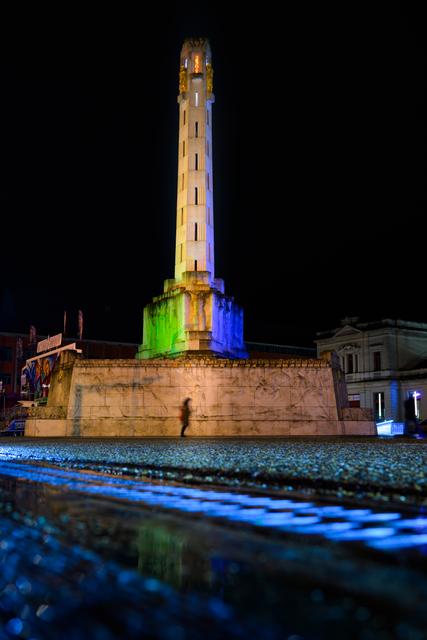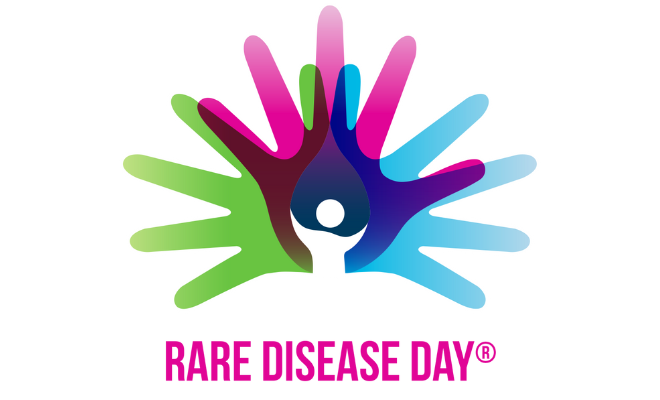More than half a million people in Belgium have a rare disease. To put it differently: they have a condition that occurs in less than 1 in 2,000 inhabitants. Rare diseases are often serious and complex, and because they are rare it is more difficult to get the right diagnosis and treatment. Today there are about 6,100 rare diseases known to us, of which over 70% has a hereditary cause and occur as early as childhood.
Behind all these percentages there are especally a lot of people, each with their own rare story. Meet Fleur (21) and Seth (4), two of the more than 33,000 patients with a rare disease being monitored by UZ Leuven.
Fleur's story (21)
Fleur (21) looks like an average young woman. What you wouldn't expect is that she's waiting for a kidney transplant. Since birth, Fleur has Alport syndrome, a ehereditary kidney disorder which also affects hearing and sight. The disease mainly affects boys, but Fleur inherited two impaired genes from her parents. They are both carrier of the gene, which is extremely rare. Fleur's elder sister also has Alport, but she is doing fine with medication. That medication does not work for Fleur. it is uncertain how long she will have to wait for a new kidney: living donation via a relative is impossible because of the hereditary factor.
Escape in a book
The impact of Alport's on Fleur's daily life is big. Getting up and going to bed she does with a kidney dialysis machine, her studies are on hold for now. She does, however, lend a hand in the family business every day. "I try to keep busy and not think too much about the transplantation, but you are confronted with it every day", she says. "After the transplant I hope to lead as normal a life as possible." In the meantime, she makes her disease accessible for young people through videos on TikTok, often goes for walks and reads books. "I can get lost in a book. Then I'm in another story and don't have to deal with my own life. Escape from it all for a bit, that is very nice."
Meet Fleur
Seth's story (4)
Seth (4) has been born with SCID (severe combined immunodeficiency), a rare primary immunodeficiency i.e. he does not have a immune system. This means that your body can't fight against diseases, viruses or bacteria. Without a treatment, a child can only survive for about two years. When Seth was only just six months old, he was finally given the diagnosis of SCID, after an acute emergency admission and a referral to the university hospital of Antwerp. After that he was referred to UZ Leuven for specialist follow-up.
'Sethje raketje' (Rocket Seth)
The little Seth had to undergo a bone marrow transplant. For five months he was in strict isolation in the hospital until a donor was found that was completely compatible. Luckily, the bone marrow caught on, and a couple of days after his first birthday he was allowed to go home. Food is still a problem, and his sight is also very bad, but Seth bravely presses on. "We call him 'Sethje raketje' (Rocket Seth)", says mum Jolien, "because blasted through his treatment. Due to his great willpower and also great help from the family, it has been a success story."
Mum Jolien tells her story
Specific approach at UZ Leuven
As reference hospitel for rare disease, UZ Leuven has more than 50 multidisciplinary teams to treat rare disorders. This approach, which combines knowledge around rare diseases by medical discipline, is needed to make the right diagnosis and start treatment as soon as possible.
To give every patients with a rare disease the most specialised care, it is crucial to also join forces outside the hospital walls. By building international networks, life-saving expertise and extremely rare cases can be shared, reducing the need for doctors and patients to travel abroad. On the level of the Flemish networks university and general hospitals, the GP association Domus Medica and various patient organisations work together to make appropriate care for rare diseases accessible for every patient.
Our approach in figures
-
- Over 300 doctors in a variety of disciplines
- More than 50 multidisciplinary teams
- About 33,000 patients a year
- More than 6,000 known rare diseases
- As many as 42 reference centres recognised by Sciensano
- Member of 22 European Reference networks (ERN's) and 23 Flemish networks for rare diseases
#deeljekleuren
For the second year in a row, 'Deel je kleuren' (Share your colours) is the central theme for the campaign of RaDiOrg, the umbrella organisation dedicated to the interests of people with rare diseases in our country. By sharing colours, you can show your support for people living with a rare disease.
Illuminating public buildings in the campaign colours is one of the concrete actions for which UZ Leuven and the City of Leuven are also joining forces. The Vredesmonument on Martelarenplein in Leuven, for example, was coloured in blue and green on February 29.

